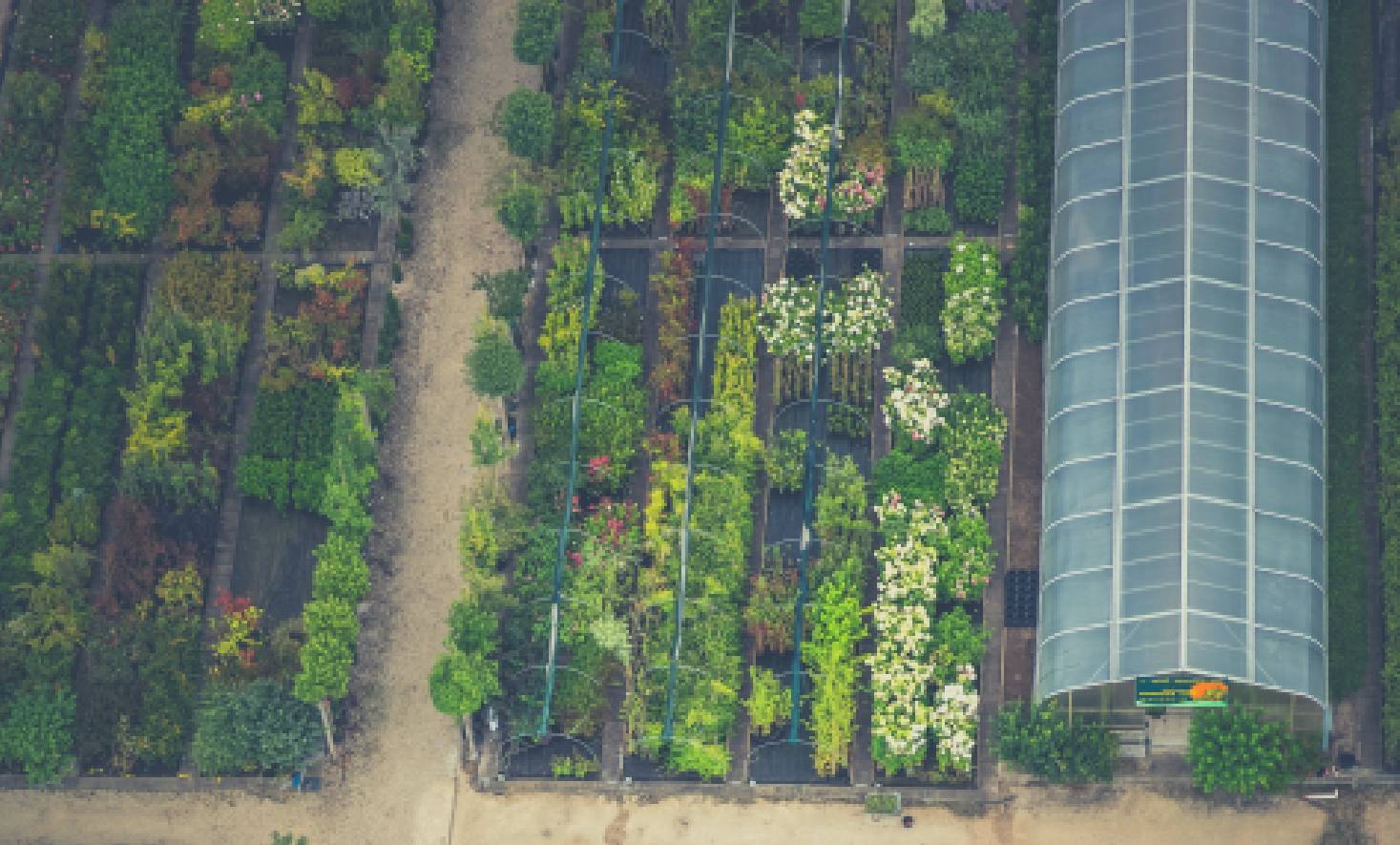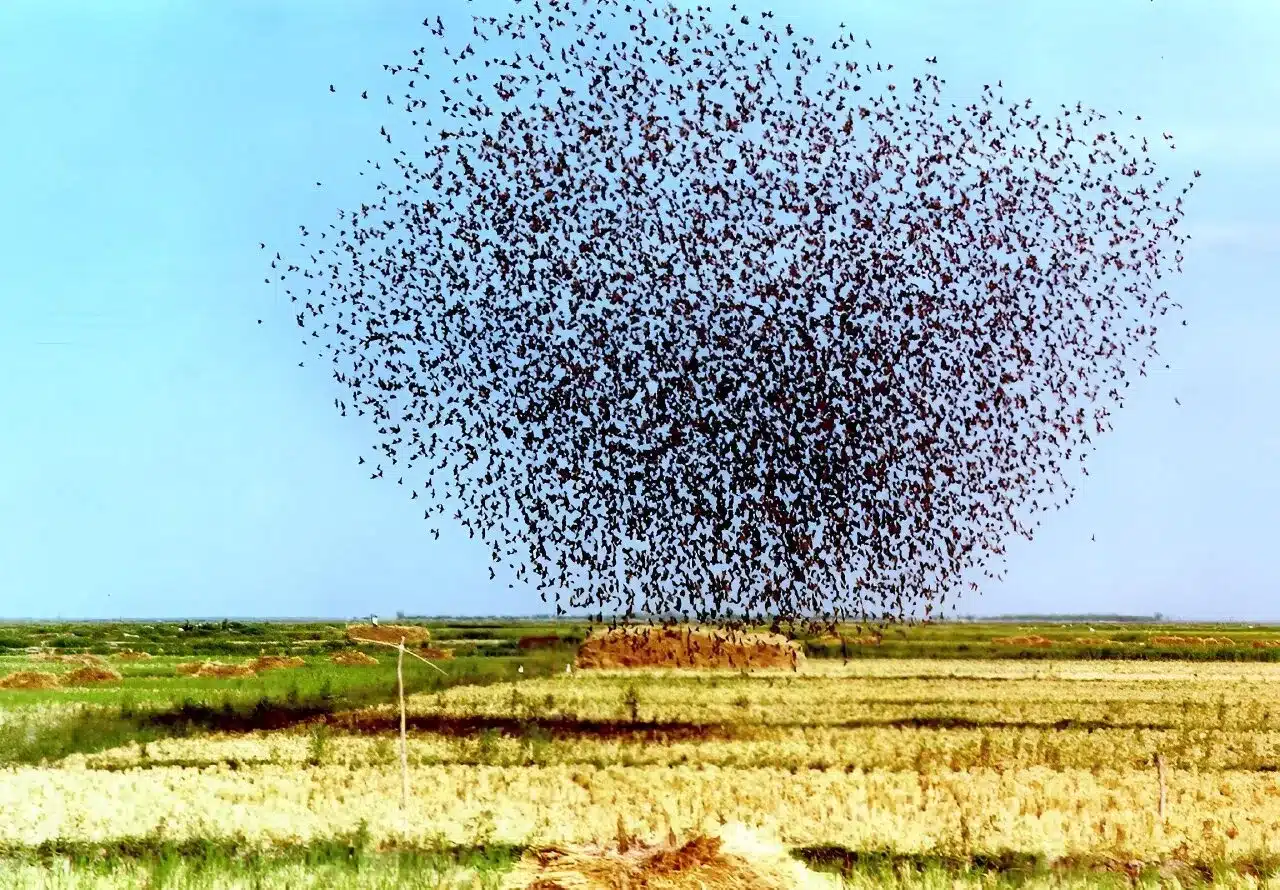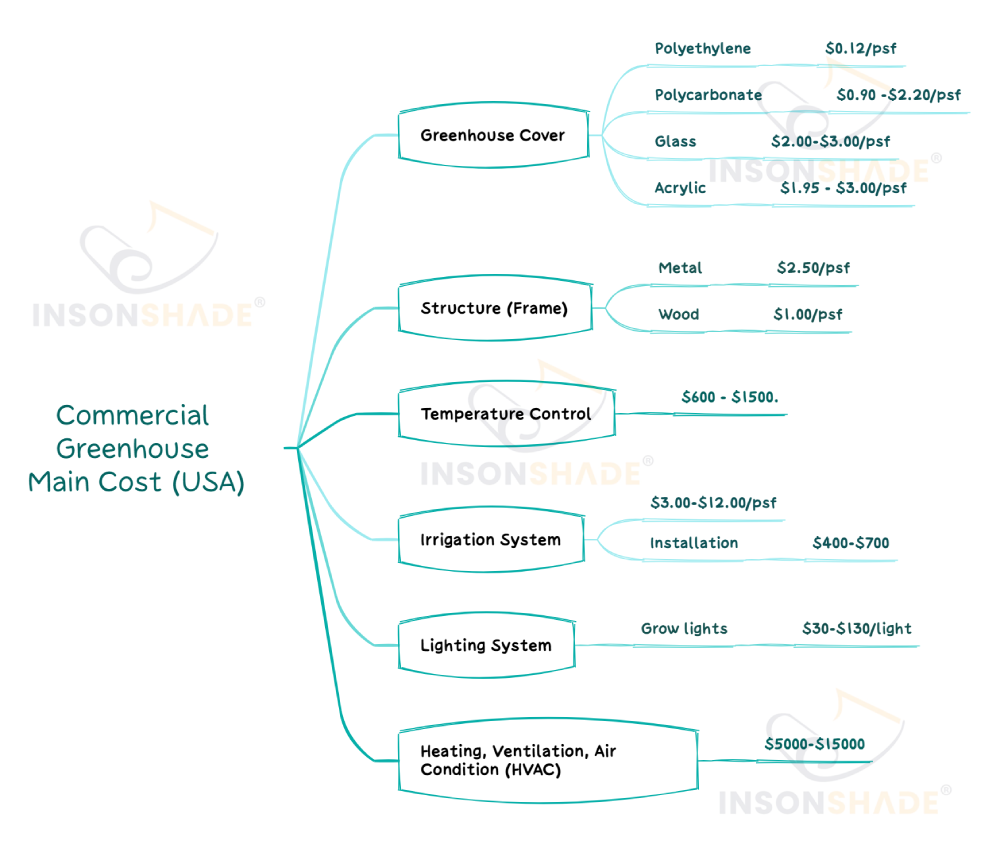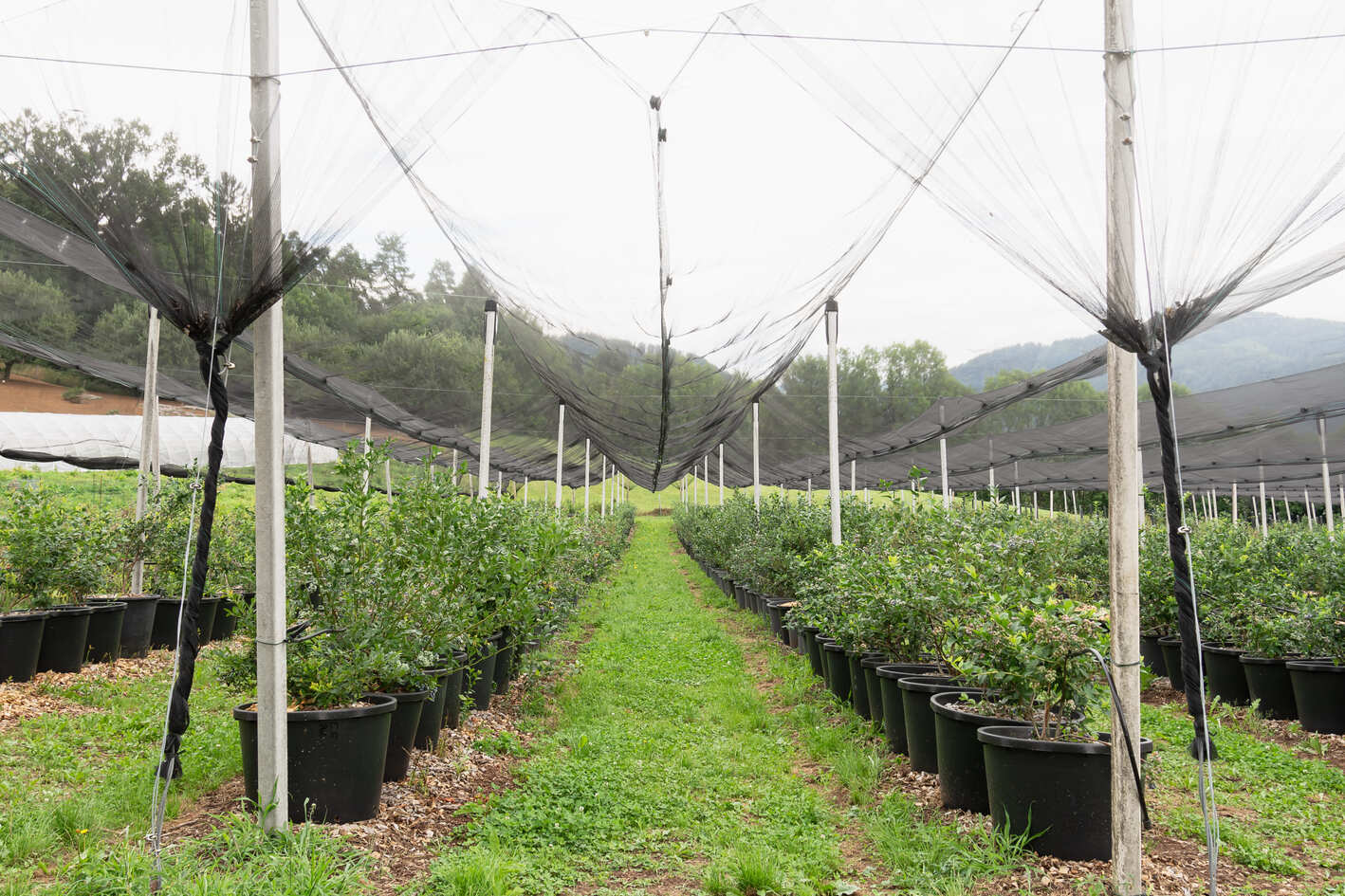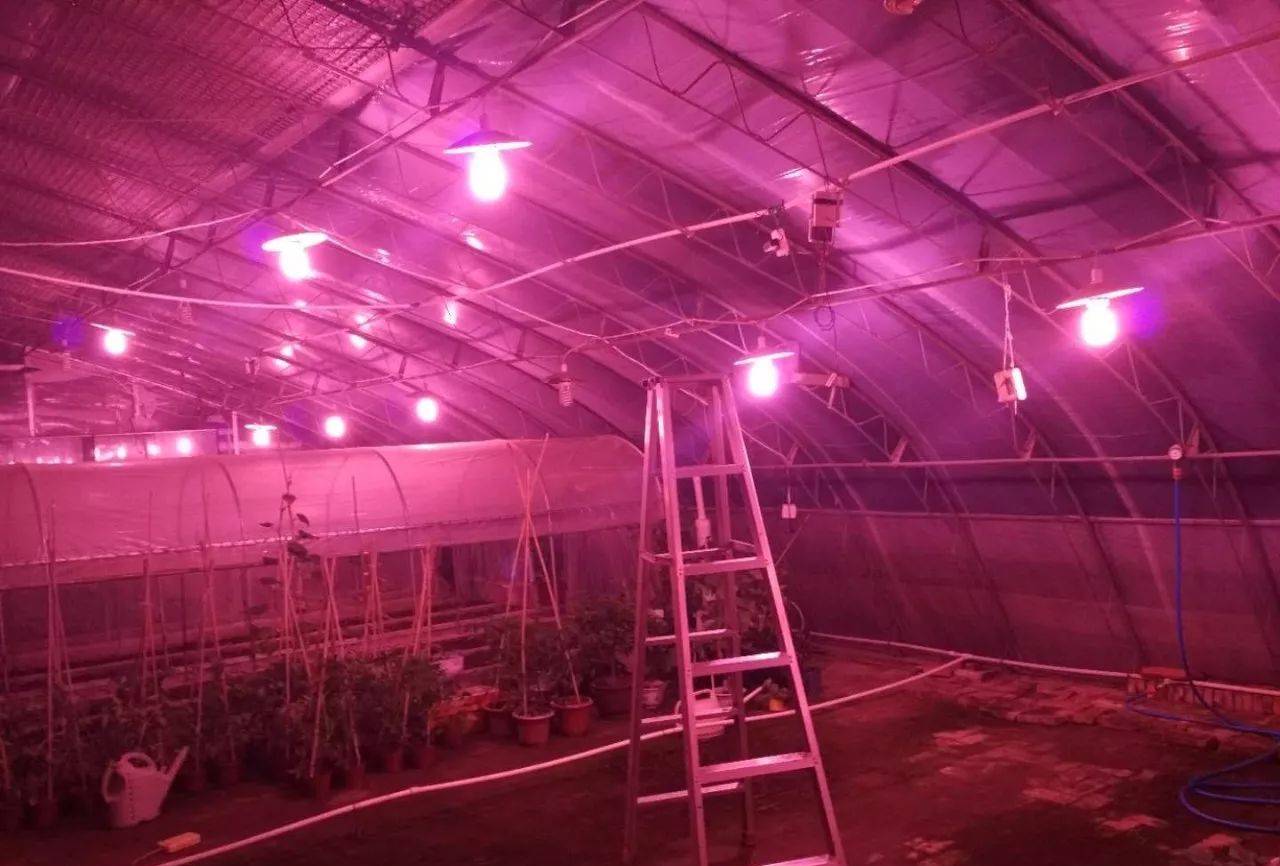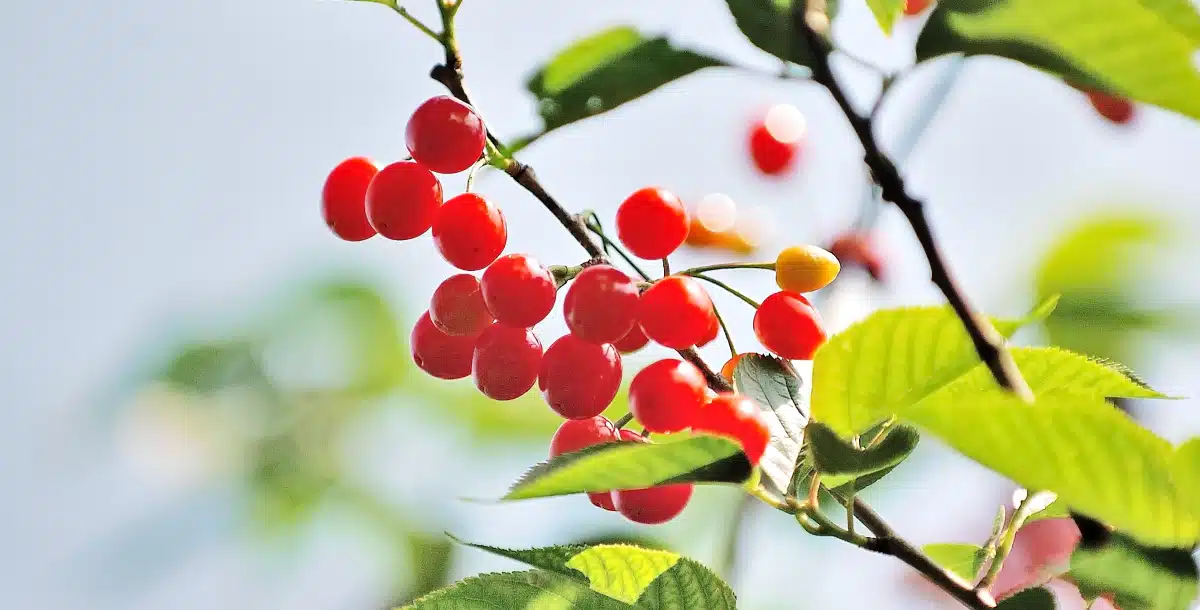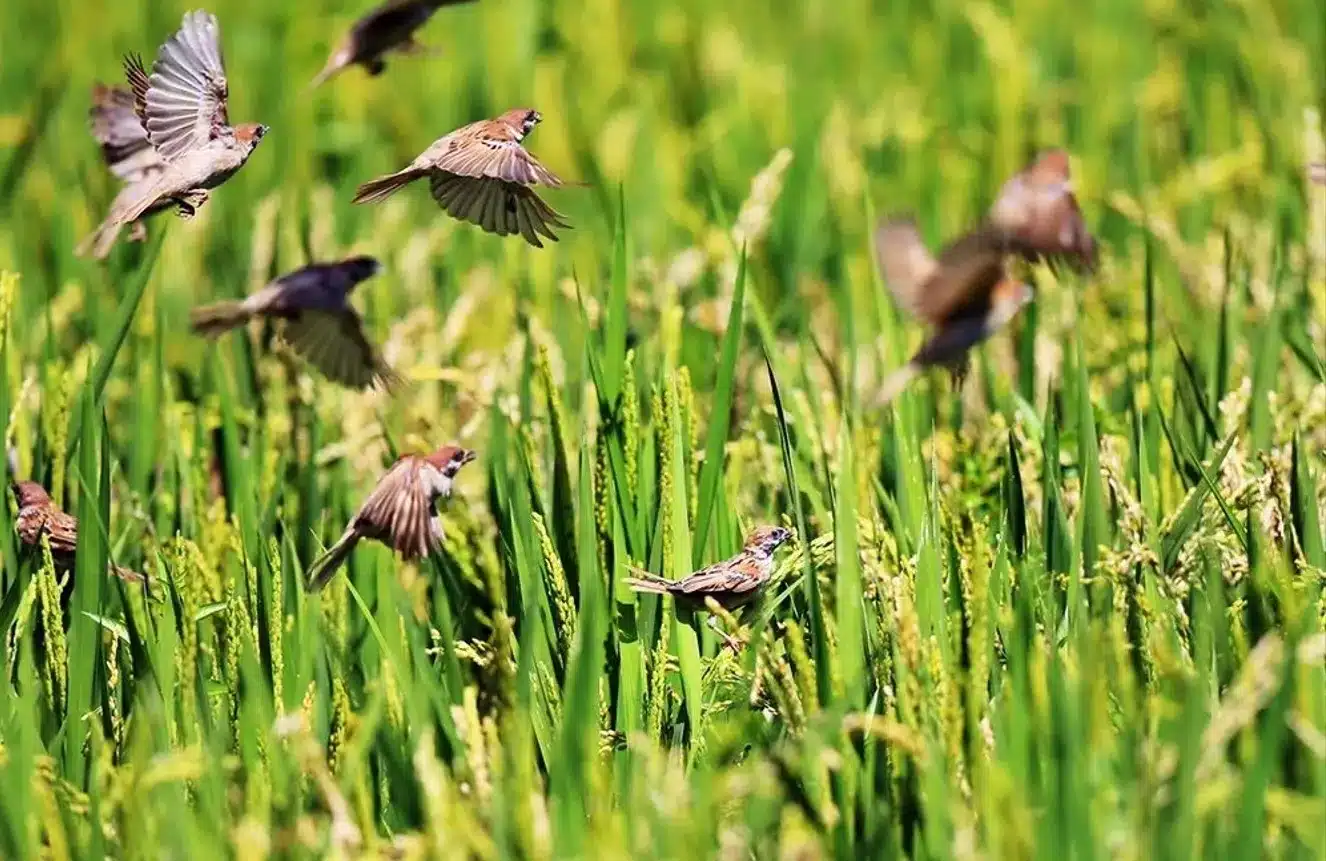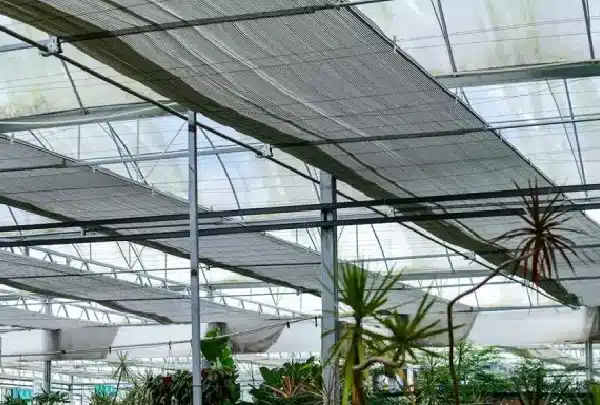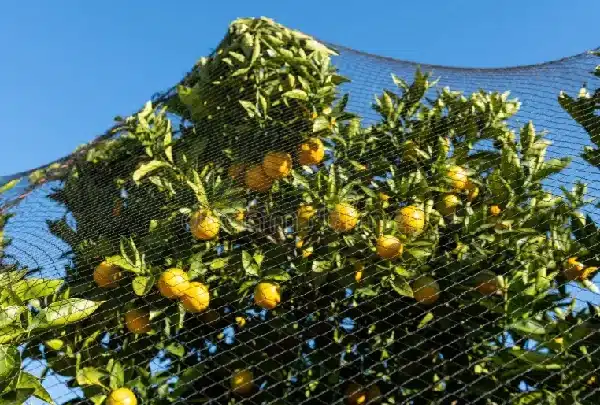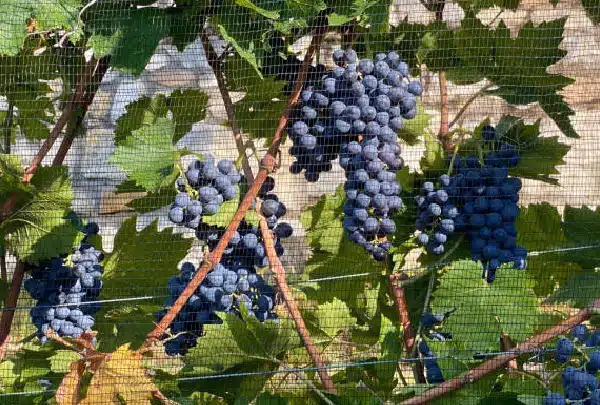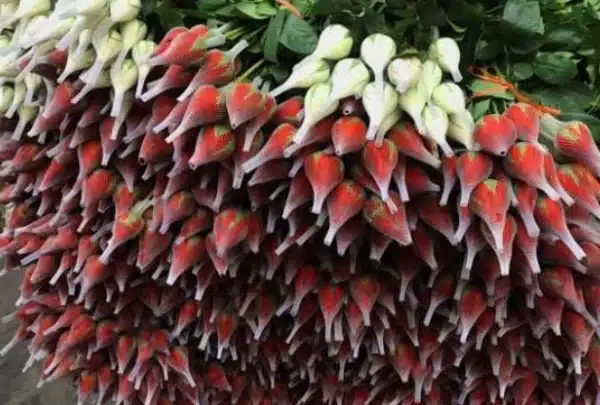In Africa, birds are a problem for rice farms. Of 36 harmful bird species, 7 are especially bad in Africa. The issue gets worse in the dry season when birds eat rice because they can’t find their usual food, grass seeds. In 2023, millions of Quelea birds damaged rice fields in Tanzania. The local authority fought back by lowering Quelea bird numbers and using drones and planes to watch over farms, stopping further damage.
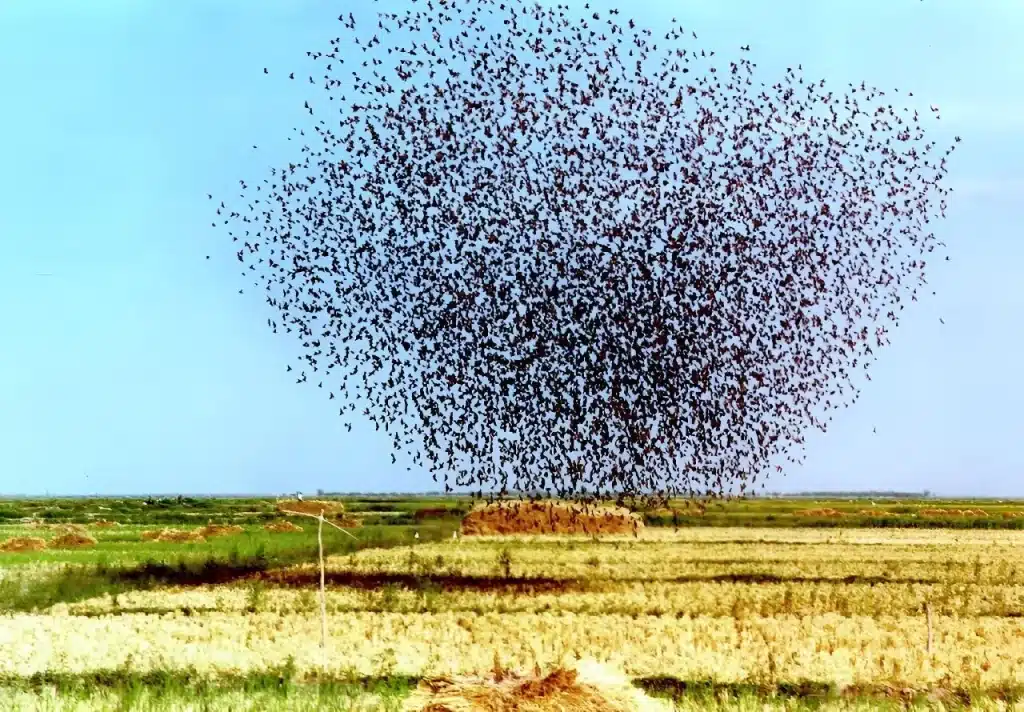
Among many ways to keep birds away, bird nets are an effective method to safeguard rice fields. They stop birds from getting to the crops and are eco-friendly, not hurting them too much. Choosing the right net is important. So, in this post, we’ll learn how to select and use bird nets for African rice fields and talk about extra ways to keep birds away, ensuring a good harvest.
The Role of Bird Netting
Bird netting offers an effective solution for protecting rice fields from bird damage. As a physical barrier, it prevents birds from accessing and potentially damaging the crops, thereby mitigating the risk of disease transmission.
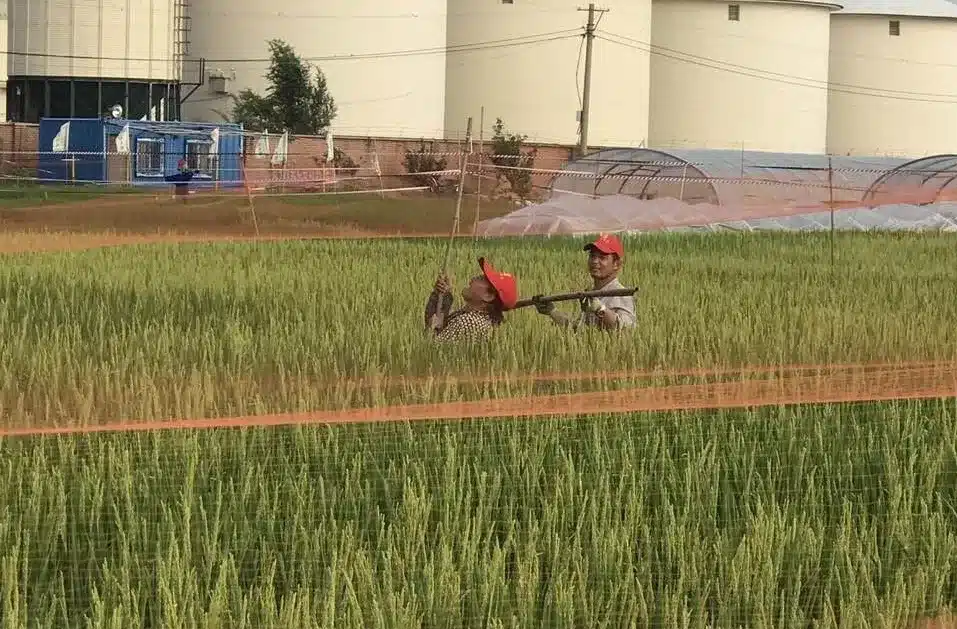
Furthermore, the design of bird nets allows for the optimal passage of light and air, which are essential for crop growth. In addition, the net can be environmentally friendly and have no harm to birds if you use it correctly with colors that birds can easily detect.
How to Choose the Right Bird Netting for Africa Rice Farm
When picking a bird net, important things to consider are how well it keeps birds away, what it’s made of, the size of the holes, how easy it is to put up, and if it’s good for the environment. Taking care of these factors helps ensure rice fields are safe from birds and that the rice grows healthy.
1. Choosing Material
The material of bird netting affects its durability and suitability. Bird netting is usually made from polypropylene, nylon, and polyethylene. Let’s talk about their suitability and durability.
Polypropylene: Its lightness and ease of installation suit places needing frequent movement or seasonal protection. Considering economic limits in some parts of Africa, polypropylene offers a cost-effective choice. However, its lower strength makes it better suited for small farms or home orchards.
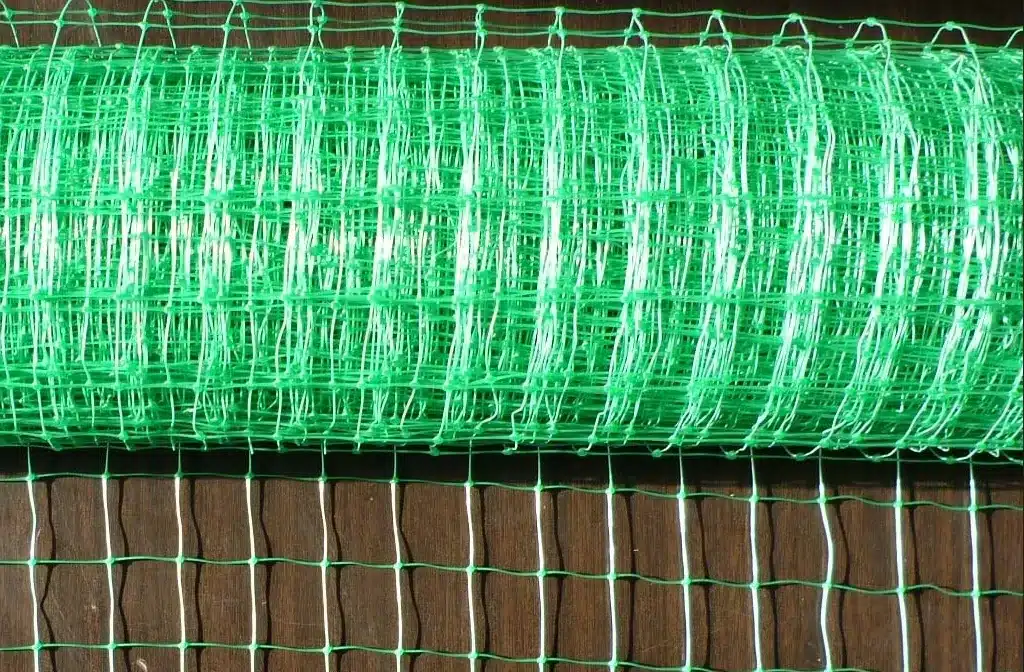
Nylon Netting: This material is strong and flexible, ideal for long-term bird protection. Specially treated nylon netting can withstand Africa’s intense UV radiation, extending its outdoor life. But, nylon becomes heavier when wet, which could add extra pressure on crops during the rainy season. So, if nylon netting is used, assess its impact during the rainy season and ensure the support structure can bear the extra weight to avoid stressing the rice fields unnecessarily.
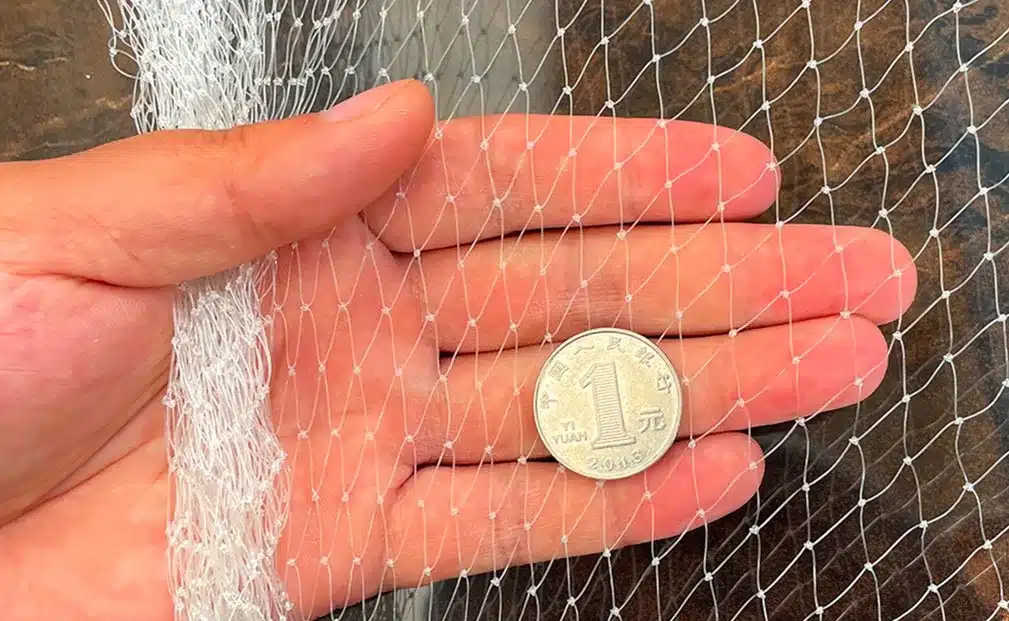
Polyethylene: Given Africa’s typically hot and humid climate, agricultural materials must be water-resistant and withstand constant moisture and strong UV rays. In such climates, polyethylene is an ideal material for bird netting. Its excellent waterproof properties and durability, especially HDPE bird netting with UV stabilizers, make it suitable for long-term outdoor use.
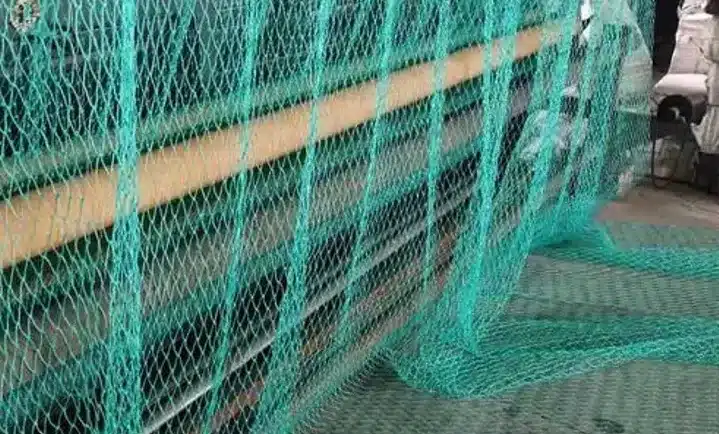
2. Suitalbe Mesh Size
With seven common pest bird species in Africa’s rice fields, including Spur-winged Goose, Knob-billed Goose, Village Weaver, Black-headed Weaver, Red-billed Quelea, Red-headed Quelea, and Golden Sparrow, the preferred mesh size ranges from 1/2 inch to 3/4 inch. This size effectively blocks most pest birds, allowing proper light and airflow and ensuring healthy crop growth. For protection against pests like locusts, consider smaller mesh sizes that can keep out both pests and birds, offering a better cost-performance ratio.
3. Bird Netting Colors
Bird netting comes in various colors, including black, white, green, and red. If you want to be eco-friendly and avoid injuring birds, consider using colors that birds can easily spot, like red, to prevent accidental harm.
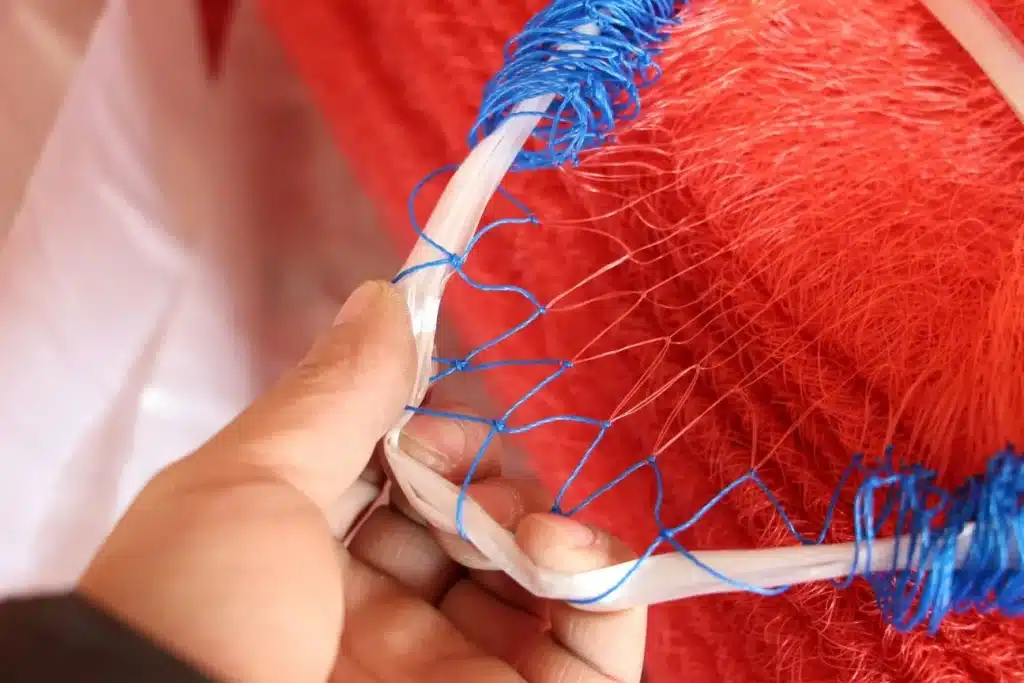
Currently, black and white netting is the most popular choice. Black nets blend in with most natural environments and are great at resisting UV rays, making them ideal for places with intense sunlight, like Africa.
Some people prefer green netting because it blends in with the surroundings for a more natural look. White is another option, but it might not be as effective at keeping birds away since they can spot it more easily under certain lighting conditions.
4. Netting Dimensions
In Africa, choosing or customizing the right size and shape of bird netting according to the specific dimensions and shape of rice fields is crucial. Local agricultural retailers and wholesalers usually offer fixed-size netting options. If buying wholesale, you can request specific lengths and widths, with lengths up to 50 or even 100 meters and widths ranging from 1 to 20 meters.
5. The Price
The price per square meter of bird netting varies based on material, size, service, and whether installation accessories are provided. Generally, the more you buy, the lower the price. If you have a small rice field in Africa and consider using bird netting, buying from local retailers or wholesalers is an option.
Buying from manufacturers offers better value for agricultural companies covering large rice fields or if you wish to become a local supplier or agent. There are few bird netting manufacturers in Africa, and given the advanced agricultural net production capabilities in China, buying from there might offer better cost-effectiveness.
Don’t miss: Buy bird netting from a reliable Chinese factory – INSONSHADE >>
FAQs
1. How to Install Bird Netting?
Before installing, measure the area you need to cover. Make sure the netting can cover it all with some extra to spare. Use sturdy supports like bamboo, metal poles, or wooden stakes. They must be strong enough to withstand the weather and the weight of the netting.
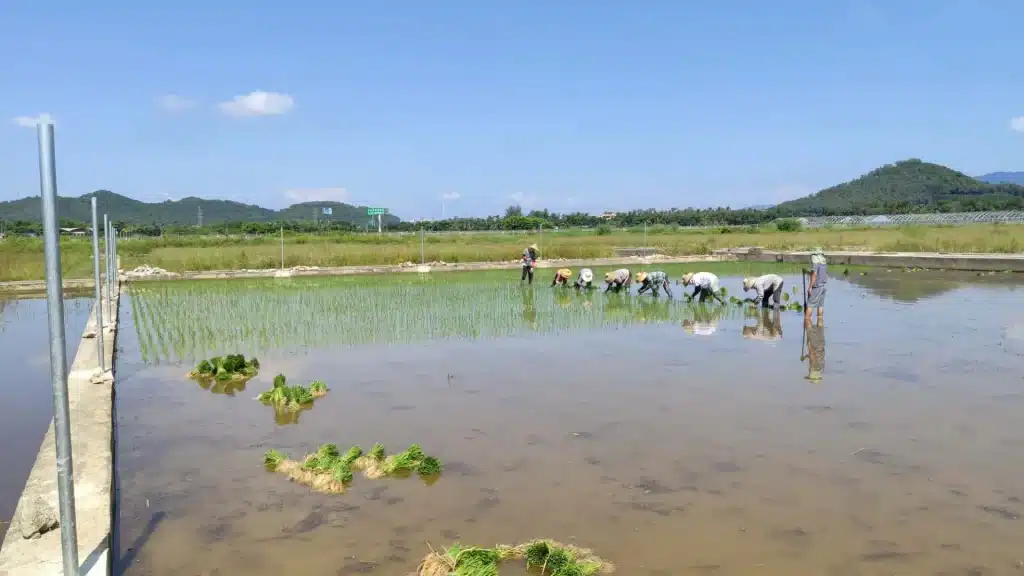
Next, spread the netting and attach it to the supports, ensuring there are no loose areas. Secure the edges and key points with ropes, ties, or clips. After installation, double-check to ensure even coverage with no gaps for birds to get through.
2. How to Maintain Bird Netting?
Regularly check the netting and its supports for any damage or wear. Repair any small holes or replace damaged sections promptly. Keep the netting clear of leaves, fruit debris, and other materials to maintain its effectiveness and durability. Adjust the netting’s position and tightness as the crops grow and seasons change, ensuring continuous protection.
3. How to Protect Rice Farms from Birds in Africa?
Besides bird netting, Africa offers other bird deterrent methods.
Sound devices can mimic predator calls or produce loud noises to scare birds away. Scarecrows and clappers use both visual and auditory signals to deter birds. Here, we explore methods like sound devices, scarecrows, and clappers combined to keep birds away from rice fields.
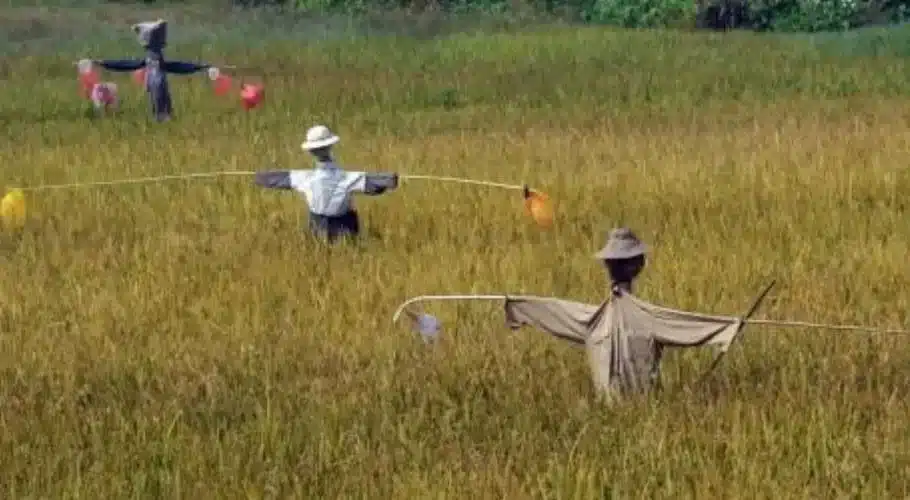
4. What are the Differences Between Bird Nets and Bird-Catching Nets?
Bird and bird-catching nets might sound alike, but they’re different. Bird nets are made of thick, colorful threads that shine in the sunlight, warning birds to stay away without hurting them. They’re all about keeping birds safe while protecting crops.
On the other hand, bird-catching nets are super thin and hard to see, either black or clear. They’re designed to trap birds without them noticing until it’s too late. Unfortunately, these nets can hurt birds badly because they get tangled easily, and the threads can cut into them. So, while bird nets protect crops in a bird-friendly way, catching nets are for trapping birds and can be pretty harmful.
Conclusion
In summary, African farmers and agricultural producers can use bird netting and traditional methods to combat bird pests effectively. Choosing the right bird netting can improve food security and crop yields, protect the environment, and promote sustainable development in agriculture and nature. Therefore, making informed choices and using bird netting wisely are crucial strategies for ensuring rice production, boosting economic benefits, and maintaining ecological balance.

